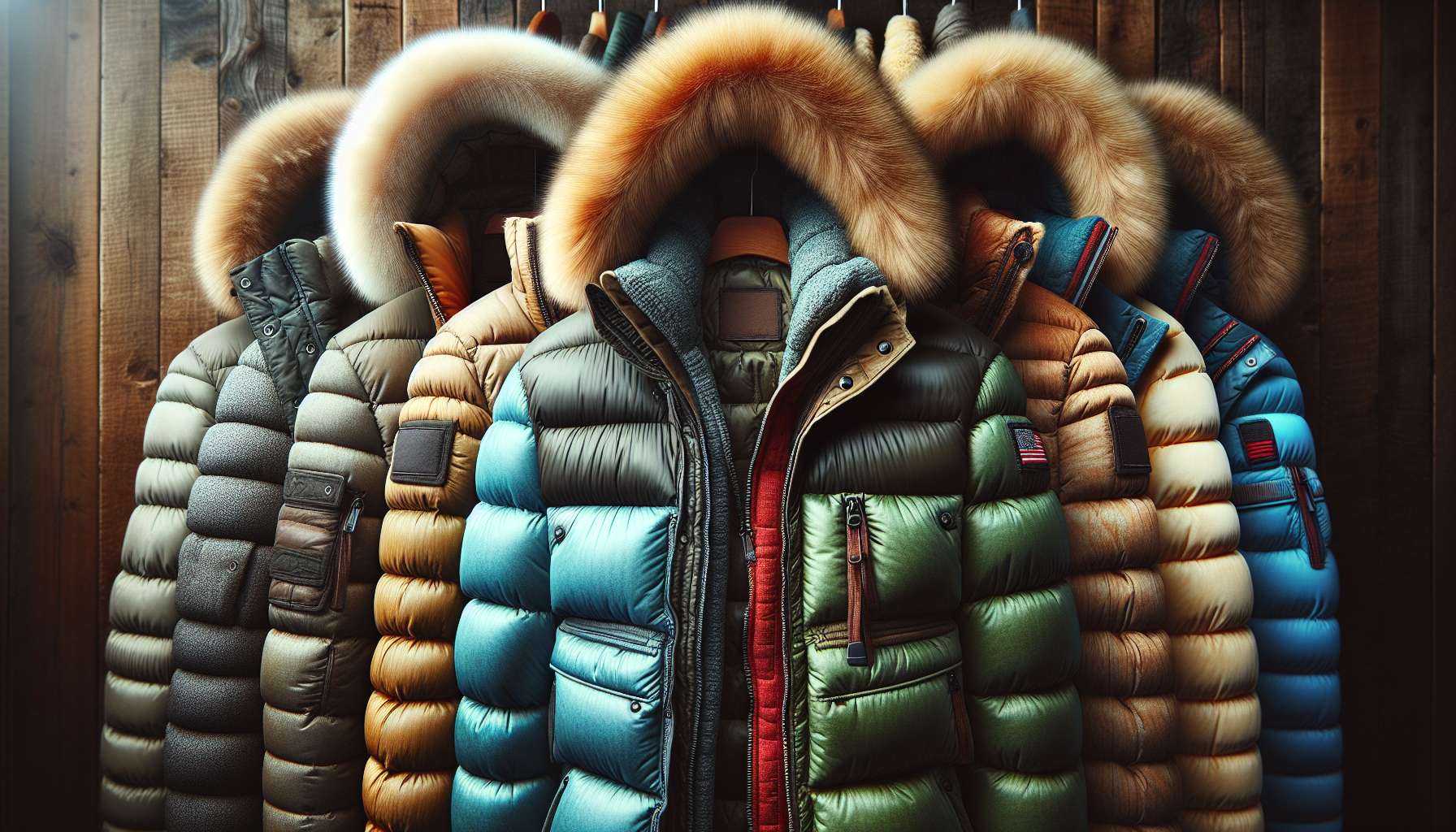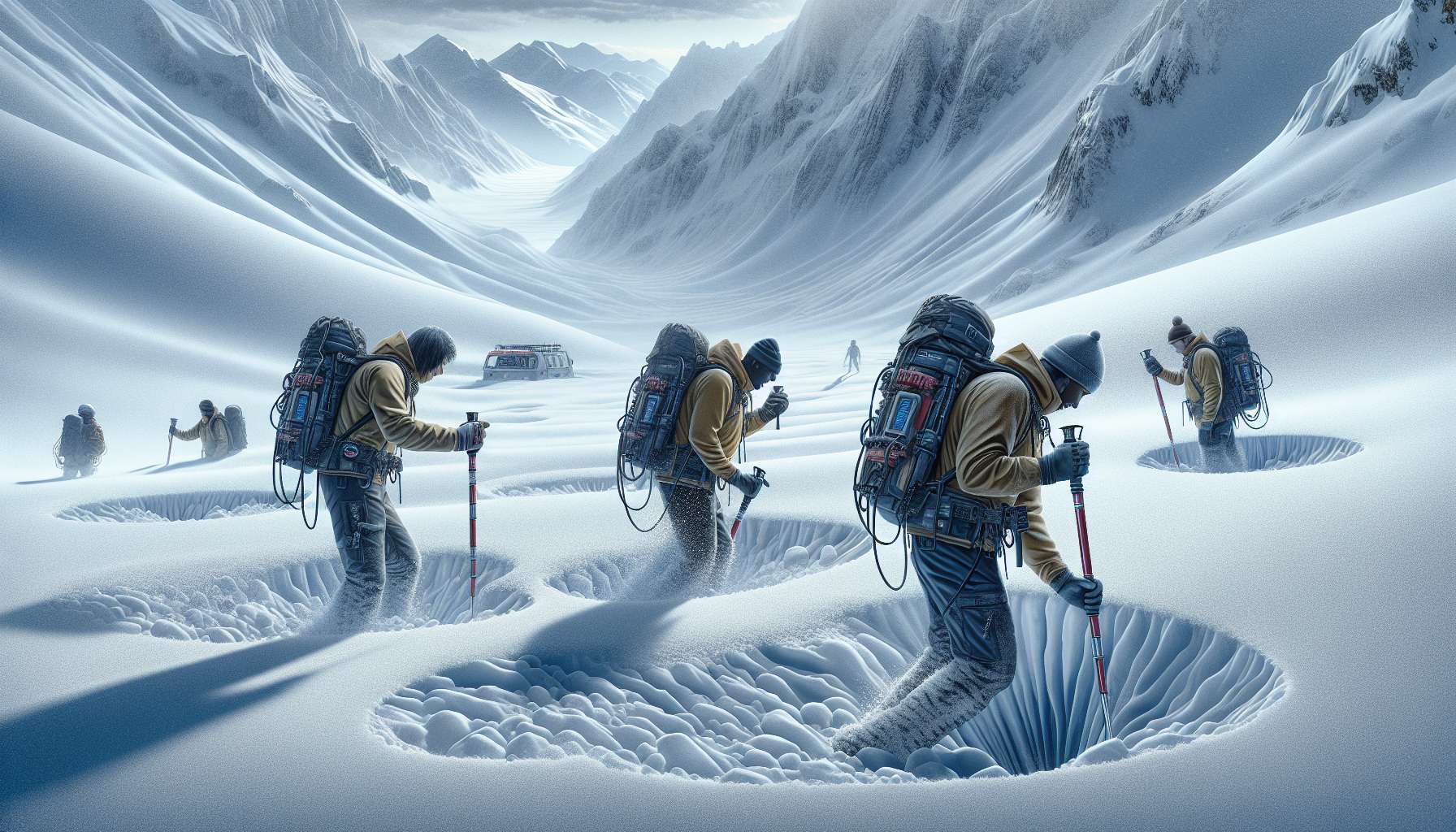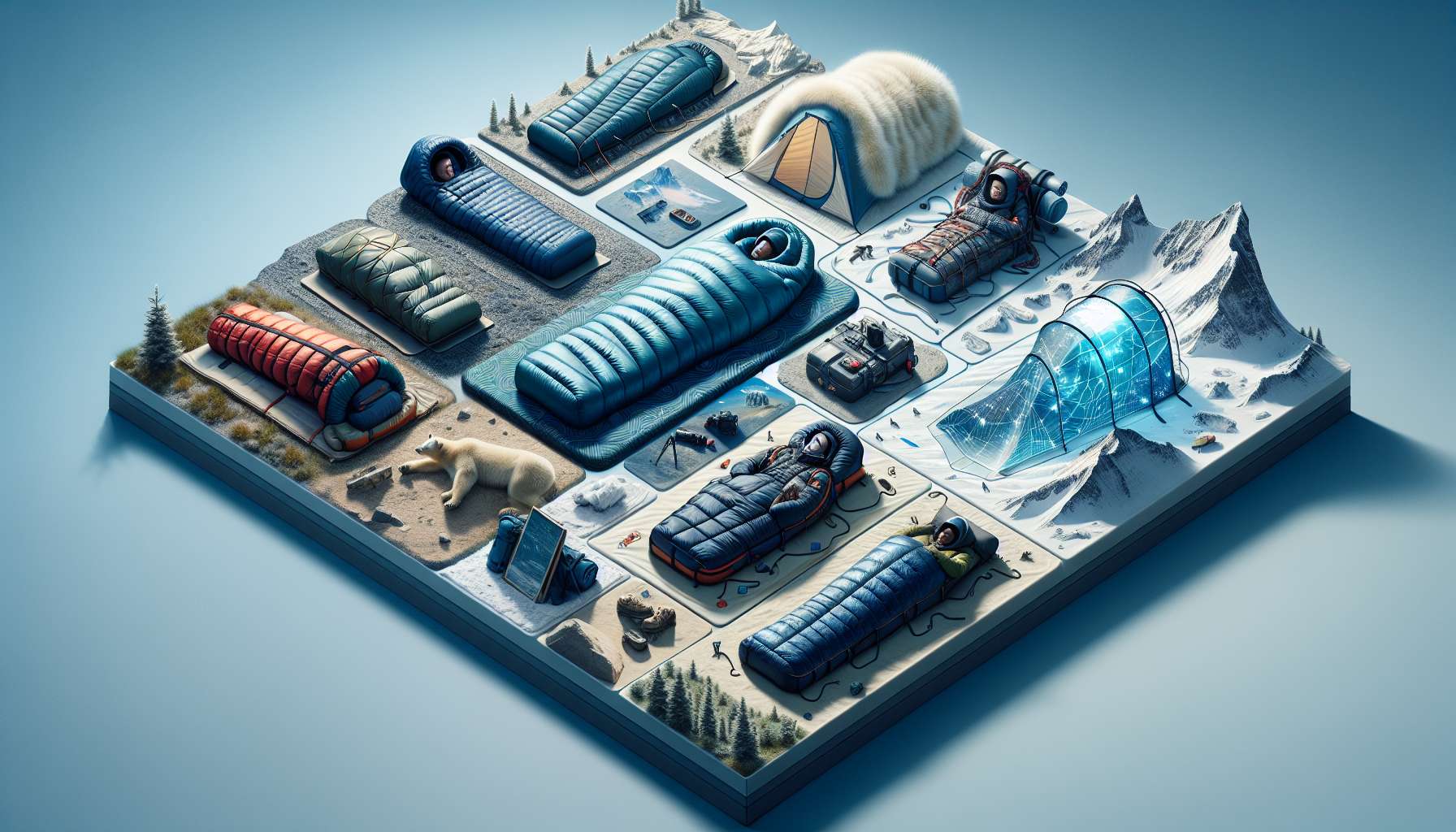Exploring the World of Down Jackets
When it comes to staying warm in cold weather, few pieces of clothing are as effective as a down jacket. But what exactly is a down jacket, and why are they so popular? In this comprehensive guide, we will delve into the world of down jackets, exploring their history, construction, benefits, controversies, and more. By the end of this article, you will have a thorough understanding of what makes down jackets so unique and sought after.
The History of Down Jackets
Down jackets have a long and storied history, dating back to the early 20th century. The first commercially available down jacket was created by Eddie Bauer in the 1930s, inspired by his own experiences as an outdoorsman. The jacket was filled with goose down, which provided exceptional warmth without adding bulk.
Since then, down jackets have become a staple in outdoor and cold weather apparel. Advances in technology have made them lighter, more durable, and even water-resistant. Today, down jackets are worn by everyone from mountaineers scaling the world’s highest peaks to city dwellers navigating winter streets.
How Down Jackets are Made
One of the key features of a down jacket is its insulation, which comes from the soft undercoating of waterfowl, typically geese or ducks. This down is prized for its ability to trap heat and provide exceptional warmth. The down is carefully harvested, cleaned, and sorted before being used in jackets.
The down is then enclosed in a jacket shell, which can be made from a variety of materials such as nylon or polyester. The shell is designed to be lightweight, durable, and often water-resistant. Many down jackets also feature a hood, pockets, and adjustable cuffs to provide additional protection from the elements.
Benefits of Down Jackets
There are many reasons why down jackets are so popular among outdoor enthusiasts and urban dwellers alike. One of the main benefits of down jackets is their exceptional warmth-to-weight ratio. Down is incredibly efficient at trapping heat, making down jackets very warm without being bulky.
Additionally, down jackets are highly compressible, meaning they can be easily packed down into a small size for travel or storage. This makes them an ideal choice for activities such as hiking, camping, or skiing where space is limited.
Controversies Surrounding Down Jackets
While down jackets offer many benefits, they are not without controversy. One of the main issues surrounding down jackets is the ethical concerns related to the sourcing of down. Some down is harvested from live-plucked or force-fed birds, practices that are widely considered inhumane.
To address these concerns, many outdoor companies have adopted strict ethical sourcing policies and certifications to ensure that the down used in their jackets comes from birds that are humanely treated. Consumers can look for certifications such as the Responsible Down Standard (RDS) or the Global Traceable Down Standard (GTDS) to ensure that the down in their jacket is ethically sourced.
Future Implications of Down Jackets
As technology continues to advance, down jackets are likely to become even more lightweight, durable, and efficient at trapping heat. Innovations such as water-resistant down and sustainable materials are already making waves in the outdoor apparel industry.
Additionally, as awareness of ethical sourcing practices grows, the demand for ethically sourced down jackets is likely to increase. Companies that prioritize sustainability and transparency in their supply chains are poised to lead the way in creating a more ethical and environmentally friendly down jacket industry.
Expert Opinions on Down Jackets
To gain further insight into the world of down jackets, we reached out to outdoor gear expert, Sarah Johnson. According to Johnson, “Down jackets are a staple in my outdoor gear arsenal. Their lightweight warmth and compressibility make them a go-to choice for cold weather adventures. I always look for jackets that are ethically sourced and made from sustainable materials to align with my values as an outdoor enthusiast.”
Common Misconceptions About Down Jackets
One common misconception about down jackets is that they are not suitable for wet weather. While it is true that down loses its insulating properties when wet, many down jackets now feature water-resistant treatments that help repel moisture. Additionally, synthetic down alternatives are available for those who want the warmth of down without the risk of getting wet.
Conclusion
Down jackets have come a long way since their humble beginnings in the 1930s. Today, they are a versatile and essential piece of clothing for anyone facing cold weather. With their exceptional warmth, lightweight design, and compressibility, down jackets offer unmatched comfort and protection from the elements.
As we look to the future, the ethical sourcing of down is likely to become an even more important consideration for consumers and manufacturers alike. By choosing ethically sourced and sustainably made down jackets, we can enjoy the benefits of this exceptional piece of apparel while also supporting the well-being of animals and the environment.
Whether you’re hitting the slopes, exploring the backcountry, or simply braving a winter commute, a down jacket is sure to keep you warm and cozy. So next time you’re in the market for a new winter coat, consider investing in a high-quality down jacket your body (and conscience) will thank you!




